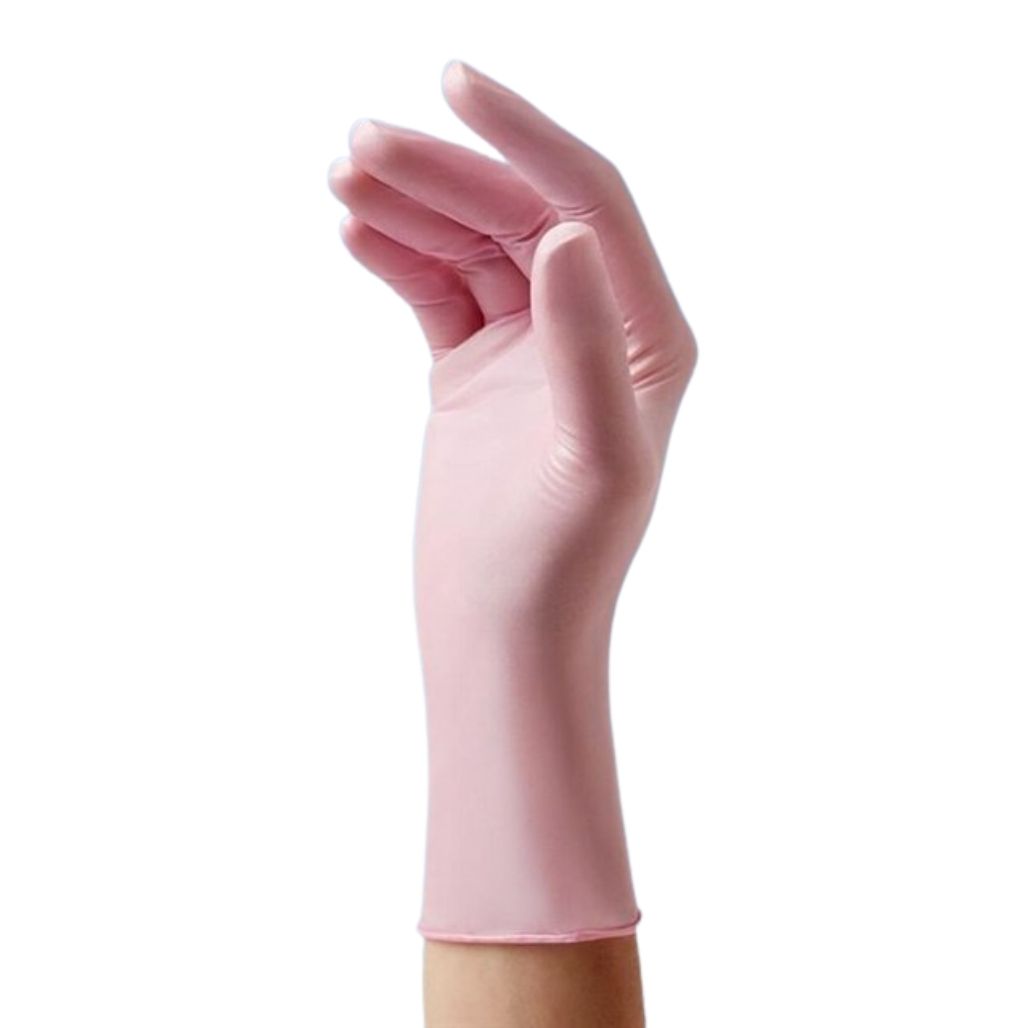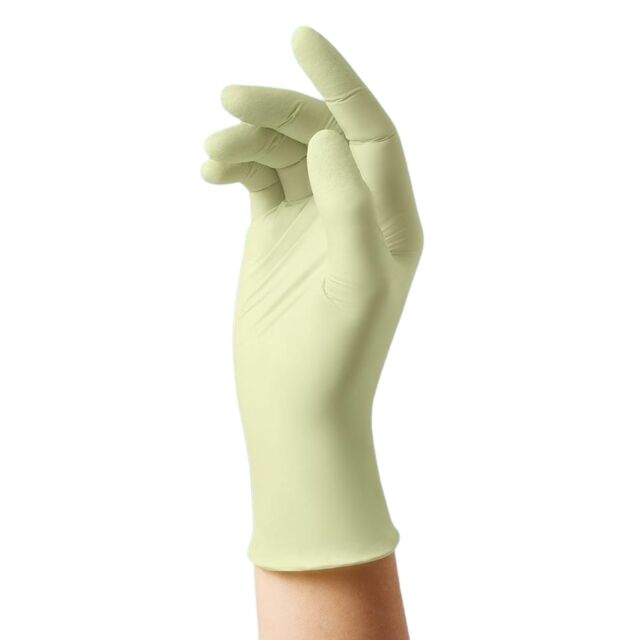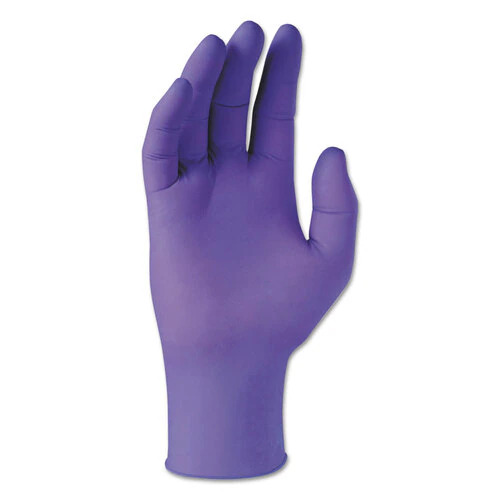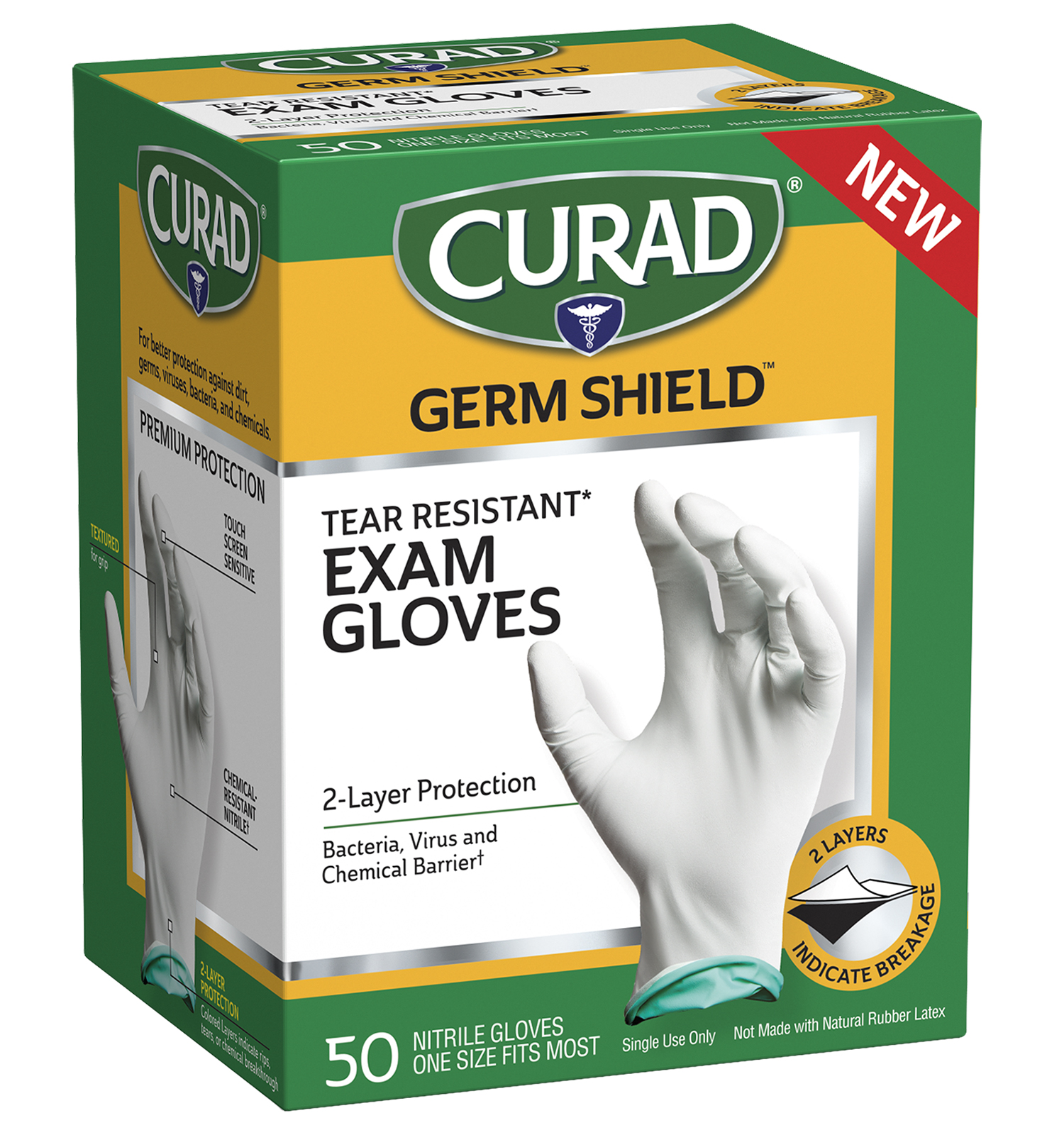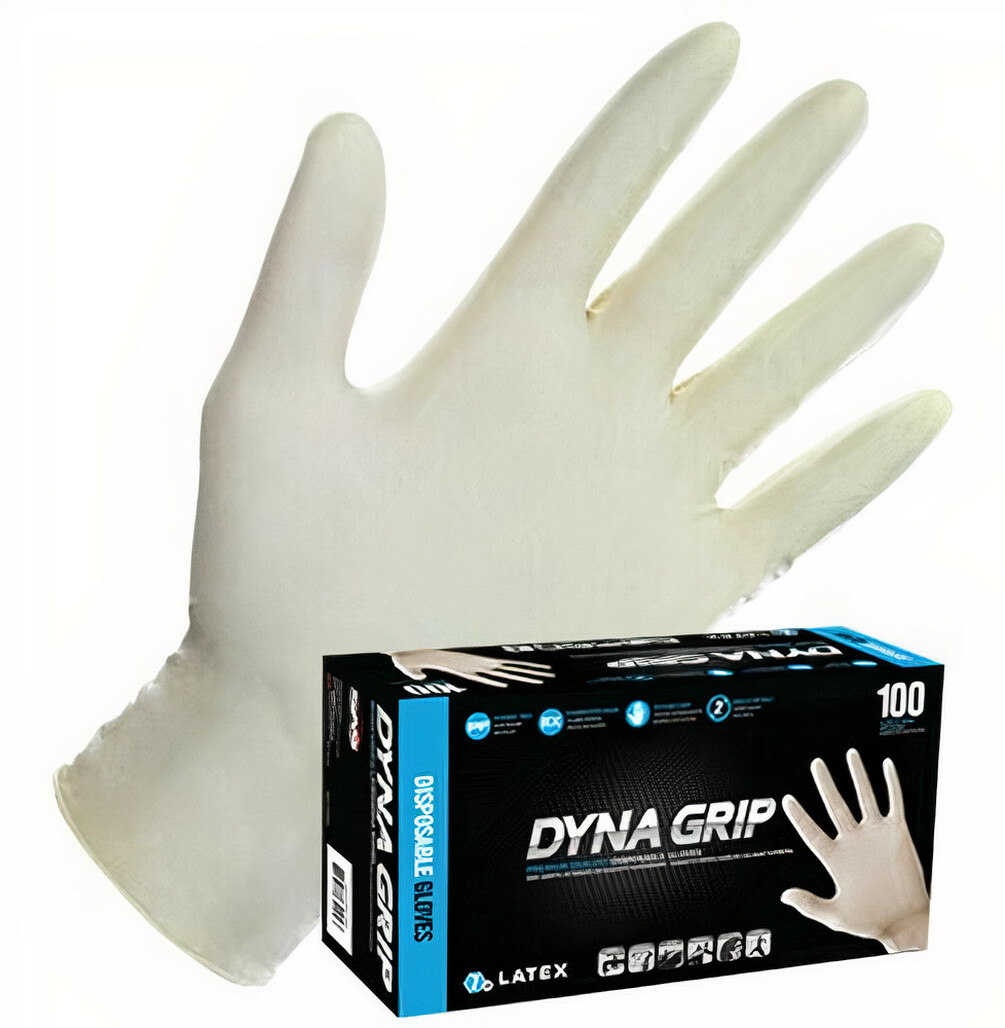Nitrile vs. Vinyl Gloves - 3 Differences

Summary – The main difference between nitrile and vinyl gloves is that nitrile is more puncture resistant, and vinyl is less expensive.
Not all disposable gloves are created equal.
Although vinyl and nitrile gloves are both 100% latex-free, they differ wildly in fit and feel. Getting suitable gloves for your hazard can improve workplace satisfaction and safeguard the health and wellness of yourself or your employees.
Additionally, using the incorrect type of glove for your intended application cause harm to patients or caretakers.
Here, we’ll discuss the critical differences between nitrile and vinyl gloves.
What are vinyl gloves used for?
Vinyl is one of the most common types of synthetic rubber. Vinyl is cost-effective and provides essential barrier protection against infectious diseases and fluid hazards. Vinyl gloves are ordinary in healthcare settings due to their low-cost convenience.²
What is the benefit of vinyl gloves?
Vinyl rubber is a low-cost and dependable solution for essential medical examinations and industrial applications. Vinyl has exceptional fluid resistance and is 100% latex-free, ideal for non-hazardous environments.
- Most cost-effective option for medical examinations
- Latex-free, protein-free
- Allergies are rare
- Ideal for tasks requiring frequent glove changes
- Liquid and dust resistant
What is the downside of vinyl gloves?
Vinyl does not have the same comfort, fit or feel as nitrile or latex rubber. Medical professionals prefer nitrile, especially when dealing with severe hazards like blood-borne pathogens and covid-19.
Vinyl gloves have a looser feel than nitrile and don’t conform to the hand naturally. Vinyl can easily rip or tear when exposed to sharp objects.
- Tears easily when compared to nitrile
- Not as chemical resistant as nitrile
- Basic protection levels
- Loose fit and feel
- Susceptible to cuts and tears
- Medium elasticity
Is nitrile better than vinyl?
Nitrile rubber has exceptional puncture and chemical resistance while being comfortable for an extended time.
Vinyl is a lower cost alternative that provides basic protection for vaccine administration, medical exams, food service and industrial inspections.
Nitrile offers more durable protection whereas vinyl offers only basic levels of protection.
What are nitrile gloves?
Nitrile is a synthetic rubber with good resistance to petroleum and other oils and many diluted acid and alkaline liquids.¹ Nitrile is a common disposable glove material due to its substantial properties.
What is the benefit of nitrile?
Nitrile rubber offers many benefits over vinyl gloves. First, they have a broader chemical resistance making them useful for more hazardous applications. Second, the fit and feel of nitrile are similar to latex, meaning nurses and doctors feel comfortable wearing them for an extended time. Lastly, nitrile has more puncture resistance than vinyl.
- Comfortable
- Puncture resistant
- Latex-free
- Broad chemical resistance
- Great fit and feel
- Durable and flexible
- Breathable material
- High tactile sensitivity
What is the downside of nitrile?
The downside of nitrile rubber is the cost compared to vinyl. Nitrile gloves can cost 4-5x that of the lowest-priced vinyl alternative. For this reason, we recommend using vinyl for disposable tasks, such as vaccine administration. Nitrile should be used when the hazards are more significant, for example, when dealing with infectious diseases.
- Costs are higher than vinyl
- May not be right for your specific application
Find the disposable gloves you need at Harmony Lab & Safety Supplies. Don’t hesitate to reach out to our product experts and find your perfect fit.

